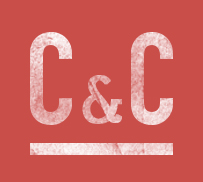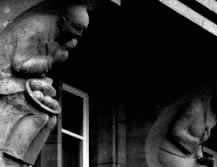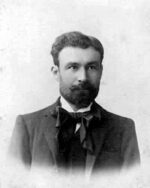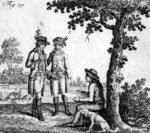Description
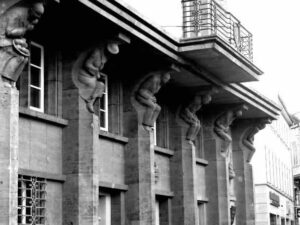
Meet the saddest Caryatids of all. One well-fed capitalist on the left feeds himself from his well-loaded plate, while the other worker–women and men, young and old–are dejected, worn down, and hungry. Their hunched bodies support the entire weight of the capital accumulated in the Savings Bank in the centre of Erfurt. They are the work of the sculptor Hans Walther, the son of a stonemason who had moved to Erfurt. He entitled the work ‘Burdens and Virtues’.
Walther executed the work in the idiom of the ‘New Objectivity’ or ‘New Resignation’ (NeueSachlichkeit) which had been developed in the Weimar Republic: Erfurt is only a few kilometres from Weimar itself. The style combines conscious classicism—thus the imitation of the Caryatids on the Erechtheum of the Athenian Acropolis—with a modern, expressionist realism. Walter had been traumatised fighting in World War I, and his several melancholy monuments to the German dead, none of which evinced any signs of patriotism and did not glorify militarism, were denounced and demolished in the 1930s by the Nazis. But it was in that decade that these reliefs were executed . Their message to the people of Erfurt is hauntingly ambiguous.
